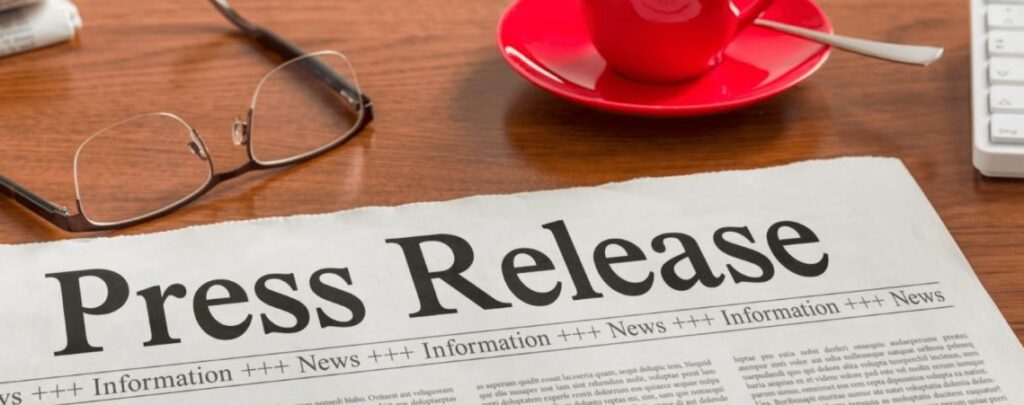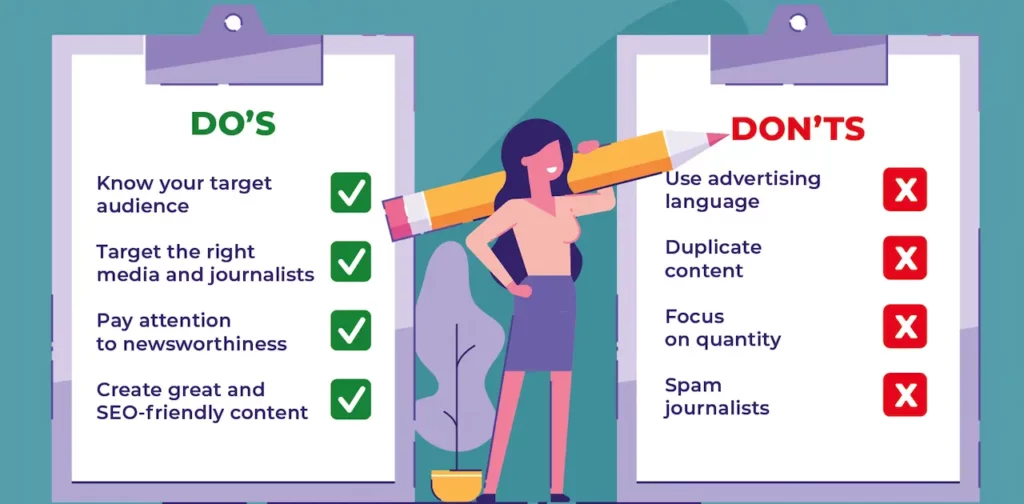Public relations and media communications professionals rely on press releases as a vital means for communicating important news to targeted media sources and ultimately their target audiences. Crafting effective press releases requires skill, experience, and an in-depth knowledge of its purpose and structure – this article delves into these aspects in more depth to give insights and tips to create compelling and impactful news announcements.
The Essence of a Press Release
At its core, a press release is an easily digestible news story written by public relations professionals with one main aim – to announce something newsworthy and garner coverage in relevant publications. Press releases cover an array of important events like these.
- The release of a special report
- A significant company milestone
- A new product announcement or launch
- A new round of funding
- The appointment of a new executive
- And much more
Reducing complex information to an easily comprehensible format is no simple task, which is aptly captured in Mark Twain’s quote that “I didn’t have time to write you a short letter, so I wrote you a long one”. This statement perfectly captures what makes crafting effective press releases such a formidable art form.
The Ideal Length: Less is More
When it comes to press release length, brevity is key. The ideal length of a press release is between 300 and 400 words, typically not exceeding a single page when spacing and formatting are taken into account. This concise format serves several important purposes:
- Journalistic Expectations: Journalists are accustomed to a specific style (often AP Style) and format when reading press releases. They expect clarity, brevity, and relevance to quickly assess whether the news is worth pursuing.
- Distinct from Blogs: Unlike blog posts, press releases are not meant to be comprehensive explorations of a topic. They should cover the main message and provide only the necessary supporting details.
- Consumer Attention Span: With an average attention span of just 8.25 seconds, it’s crucial to convey your message quickly and effectively. A shorter press release keeps the content focused, prioritizing the main message to ensure it’s understood by both journalists and consumers.
Structuring Your Press Release for Maximum Impact
To make the most of the limited word count, a well-structured press release follows a specific format:
1. Press Release Summary
Begin with a brief summary that sets the stage for your announcement, providing readers with essential context.
2. First Paragraph
The opening paragraph should outline the details of your announcement, addressing the five W’s: who, what, where, when, and why. This forms the foundation of the inverted pyramid structure, presenting the most crucial information upfront.
3. Second Paragraph
Use the second paragraph to include a relevant quote and begin backing up any claims with additional information. This adds credibility and depth to your announcement.
4. Supporting Content
The final paragraphs provide readers with more information that supports the overall message of the press release. This is also where you encourage people to take a defined action. For instance, if announcing a new study, include information about the release date and where people can access the information when published.
5. Boilerplate
Conclude your press release with a boilerplate—a brief description of the company or organization issuing the release. This provides context and background information for those unfamiliar with your brand.
Tips for Crafting Concise and Impactful Press Releases
Given the strict word limit, it’s crucial to focus on communicating the most important information. Here are some tips to help you create powerful press releases within the ideal length:
- Start with a Strong Headline: Capture attention and convey the essence of your news in a single, compelling line.
- Focus on the Core Message: Identify the most newsworthy aspect of your announcement and make it the centerpiece of your release.
- Use Active Voice: Employ active voice to make your writing more direct and engaging.
- Avoid Jargon: Use clear, simple language that can be easily understood by a broad audience.
- Include Relevant Quotes: Incorporate one or two impactful quotes that add value and perspective to your announcement.
- Edit Ruthlessly: After drafting, review your press release multiple times, cutting any unnecessary words or information.
Keep this in mind when providing information. Your goal should be to offer just enough details that pique journalists’ and readers’ curiosity, prompting further investigations or actions taken by journalists or readers.
Mastering the art of crafting concise yet impactful press releases is an indispensable skill in today’s media environment. By adhering to an optimal length and structure of 300-400 words for press releases, you can effectively convey news while respecting time and attention of their target audiences. By narrowing messages down to essential components that resonate within their limitations – such as clarity or appeal – practice leads to success when crafting press releases that not only inform but also prompt actions from their target audiences.



